Honeysuckle is an excellent plant for decorating a garden, a plot, it is used as a hedge (vertical gardening).
Decorative curly honeysuckle is not too demanding in care, and subject to the rules of planting and reproduction, every gardener can grow it. This species is very popular in garden design.
Content
The benefits of climbing honeysuckle
Cultivated varieties of honeysuckle are grown in the Central and Southern regions of Russia. The plant has a large number of leaves on the stems and very beautiful flowers with a pleasant aroma.
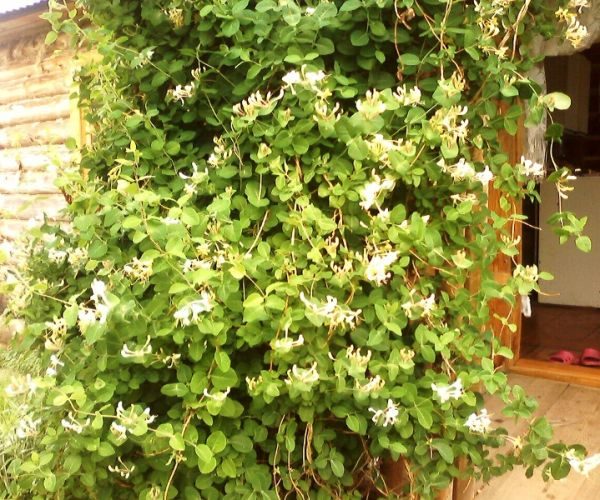
Compared to other ornamental plants, climbing honeysuckle has the following advantages:
- Drought tolerance (withstands up to 6 days without watering).
- Endurance.
- Unpretentiousness in leaving.
- Fast growth.
- High vegetative potential.
- Long flowering period.
- High life expectancy.
- Resistant to pests and diseases.
- Ease of reproduction.
Of the shortcomings, low frost resistance should be noted, which entails the need to cover the plant for the winter, the need for pruning, garter, poor growth in shady areas or in the absence of sun.
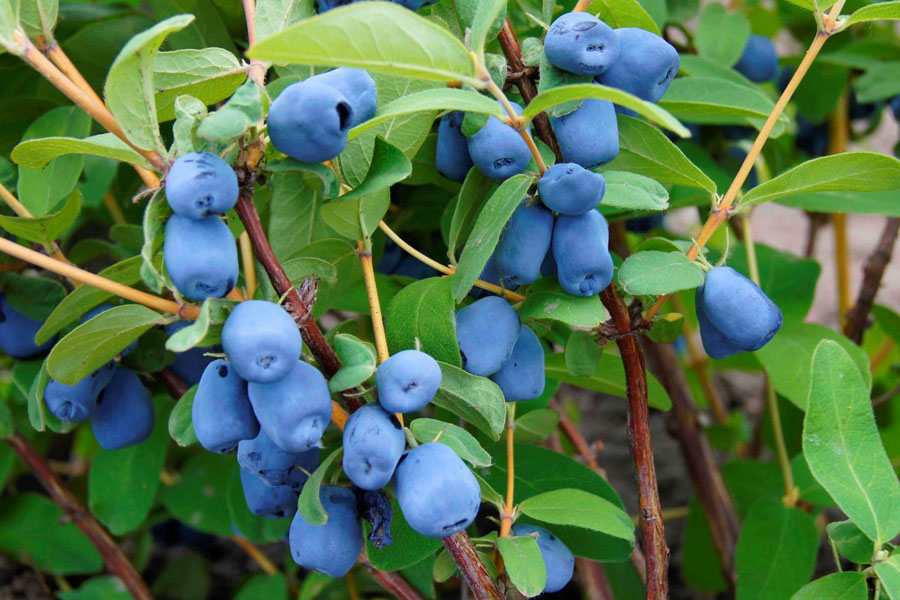 You may be interested in:
You may be interested in:Types of decorative honeysuckle
Liana, or climbing honeysuckle, is usually a vigorous bush that has beautiful flowers of an unusual shape with a pleasant aroma. In spring it blooms with bright inflorescences, which are formed by tubular flowers. Flowers are monophonic and two-tone. For gardening, vertical and groundcover species of honeysuckle are used.
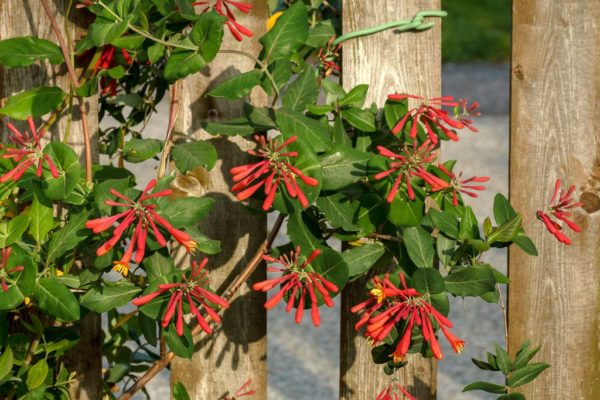
Popular vertical types of honeysuckle include:
- Dropmore Scarlett - Curly shoots with taupe or orange flowers.
- Gold Flame - has an intense aroma. Flowering: June-September. Yellow-raspberry bud color.
- Hungry Trumpet is a long period of flowering, odorless inflorescences.
- Belgium Select - frost-resistant, fragrant, with purple flowers.
There are also undersized ground cover varieties of honeysuckle:
- Serotine - a yellow-pink tint of flowers, requires additional care in the form of removing faded buds.
- American Beauty - without aroma, orange flowers, stiff stems.
- Brown honeysuckle - a curly shrub, ornamental crown, double flowers.
- Blanche Sandman - sprawling perennial honeysuckle with large inflorescences, unpretentious to the soil.
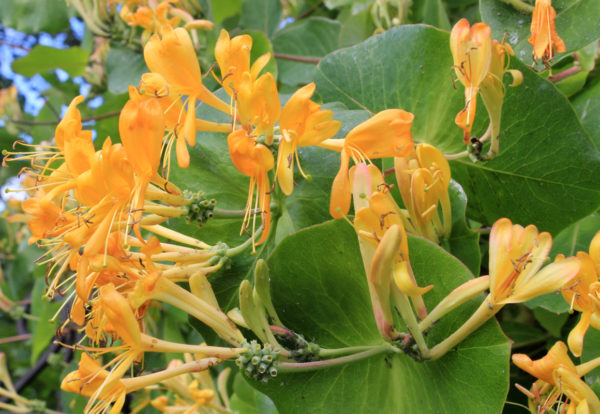
In addition to all of the above, there are also the following varieties:
- Brown
- Alpine
- Korolkova;
- Telman;
- Japanese variety;
- Seaside Caprilia;
- Maak;
- Honeysuckle and some other varieties.
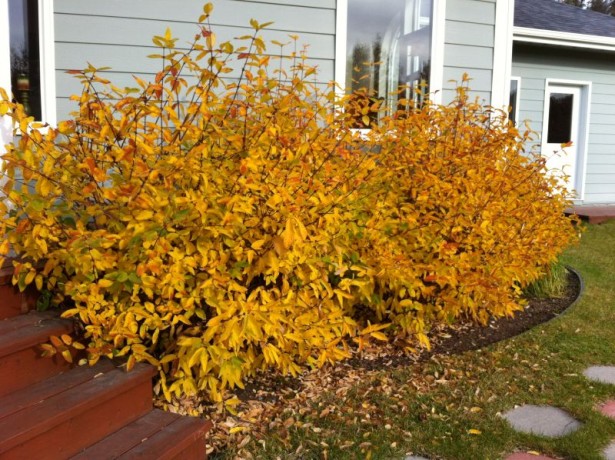 You may be interested in:
You may be interested in:Planting decorative curly honeysuckle
In honeysuckle, the rhizome system is pivotal. It is better not to allow landing in places of direct exposure to northerly winds, as their gusts damage shoots and flowers.
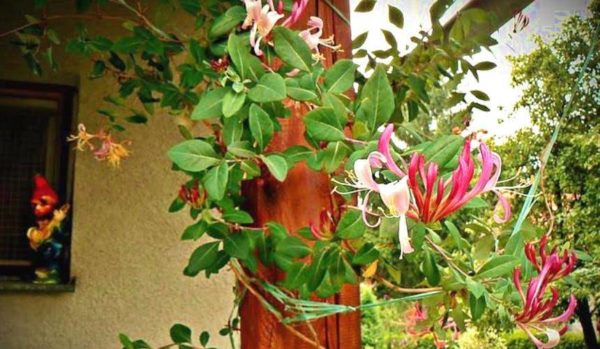
When planting decorative curly honeysuckle, the following conditions must be observed:
- preferably on the south side, in a sunny place, allowed in partial shade;
- in April, May or early autumn;
- the soil is fertilized with organic, mineral fertilizers;
- into the soil of neutral acidity;
- if necessary, arrange drainage;
- before planting, the roots are trimmed;
- place abundantly watered;
- seedlings are placed at a distance of at least 2 meters from each other.
Honeysuckle is growing fast - it needs strong support.
Varieties of honeysuckle supports
Lianas are tied to additional supports so that they do not lose their decorative properties. For the basics, you can use summer gazebos, fences.
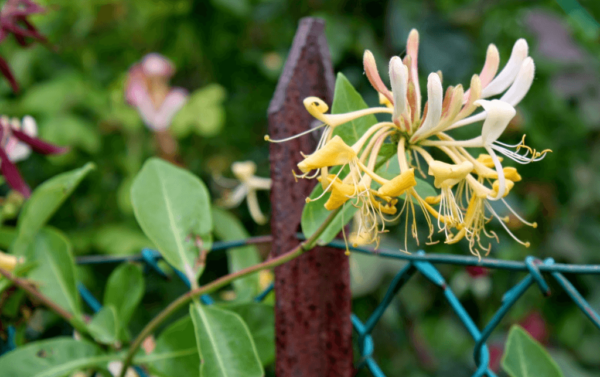
There are such types of supports:
- for vertical surfaces - strips, nets, guide cords, gratings;
- pergolas, arches, awnings;
- for single bushes - trellises, frames, mini trellises.
Also, supporting structures can be built in the form of a hanging garland, a long arch, a tower, a tunnel.
Care for decorative curly honeysuckle
Further care for decorative curly honeysuckle is not difficult even for a novice gardener.
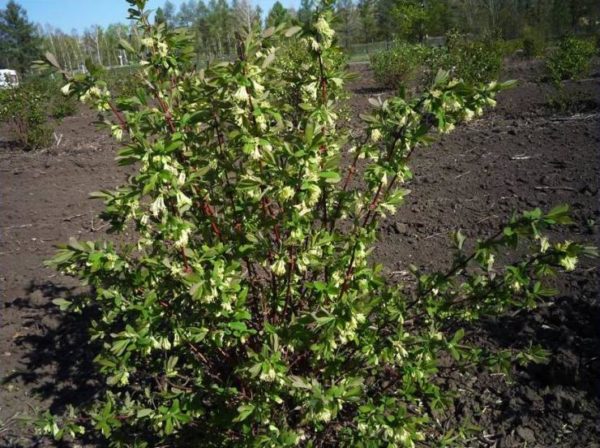
It includes the following manipulations:
- Timely watering, not too plentiful (prevent stagnation of fluid in the roots).
- Deep loosening of the earth around the roots (up to 20 cm).
- Mulching the soil around the roots.
- The application of mineral fertilizers (usually in the spring and after flowering), but the plant is not fed for 2 years after planting.
- Cutting in the autumn and spring of old and frosty shoots.
- Weeding because honeysuckle does not like the weed neighborhood.
It should also be noted that the plant in winter must be covered with spruce branches or other covering material. Creepers previously removed from the support.
Possible diseases of decorative curly honeysuckle
Under good growing conditions, this plant is not often affected by disease. But in the case of a prolonged rainy season, decorative curly honeysuckle can get sick.
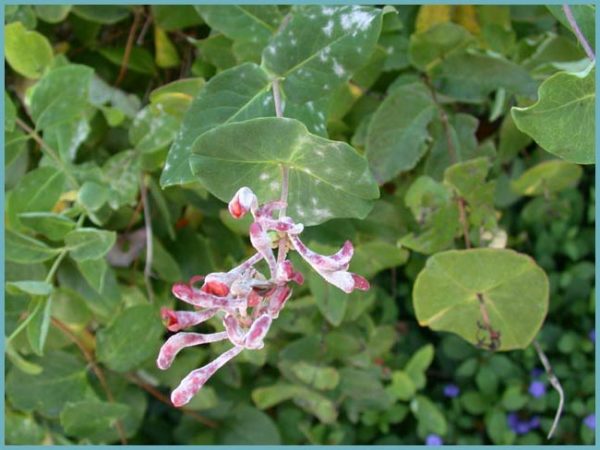
As a rule, they threaten her:
- powdery mildew;
- cerosporosis;
- tubercularis;
- mottling of leaves;
- blackening of branches;
- rhesus mosaic virus;
- red-olive spotting.
Fungicides, antifungal drugs are used to combat diseases. Affected stems and leaves are burned, the soil is disinfected.
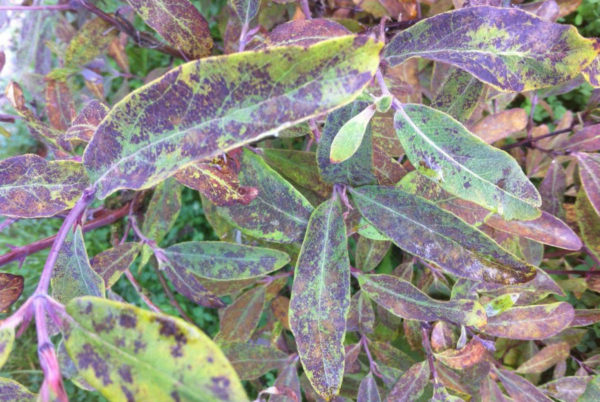
For disease prevention necessary:
- weed removal;
- the use of fertilizers and fertilizing;
- immediate response to the first signs of the disease.
The following pests also threaten honeysuckle:
- pollen
- mite;
- aphid;
- leaflet.
There are up to 200 species of vines and honeysuckle shrubs. It is rightly considered a decoration of the site, attracts with a variety of colors and a magical smell. Being not very picky about care, honeysuckle will help you to create magical places in the garden that are beautiful and cozy.

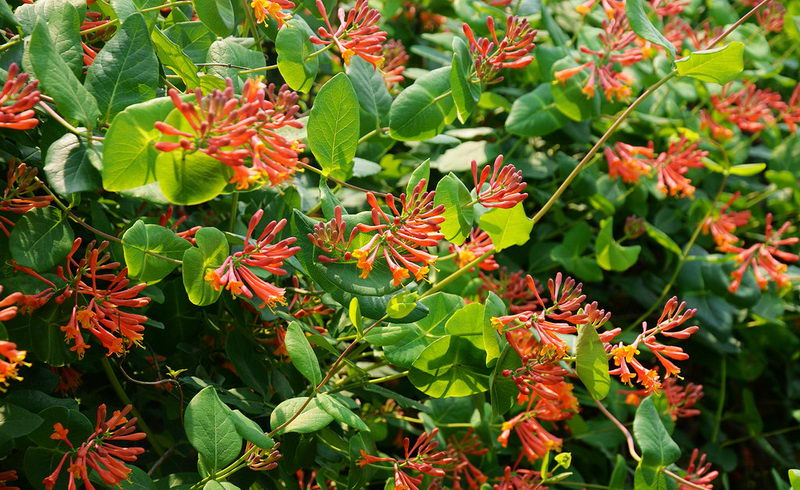
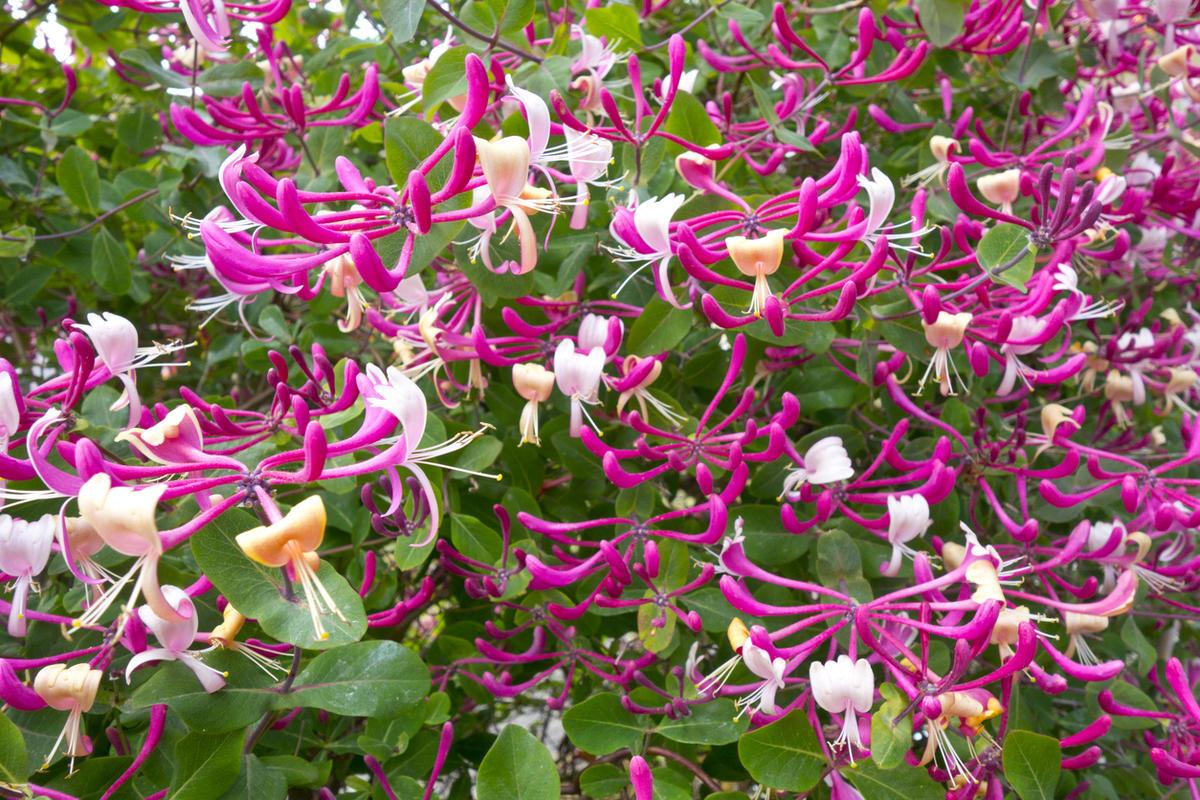
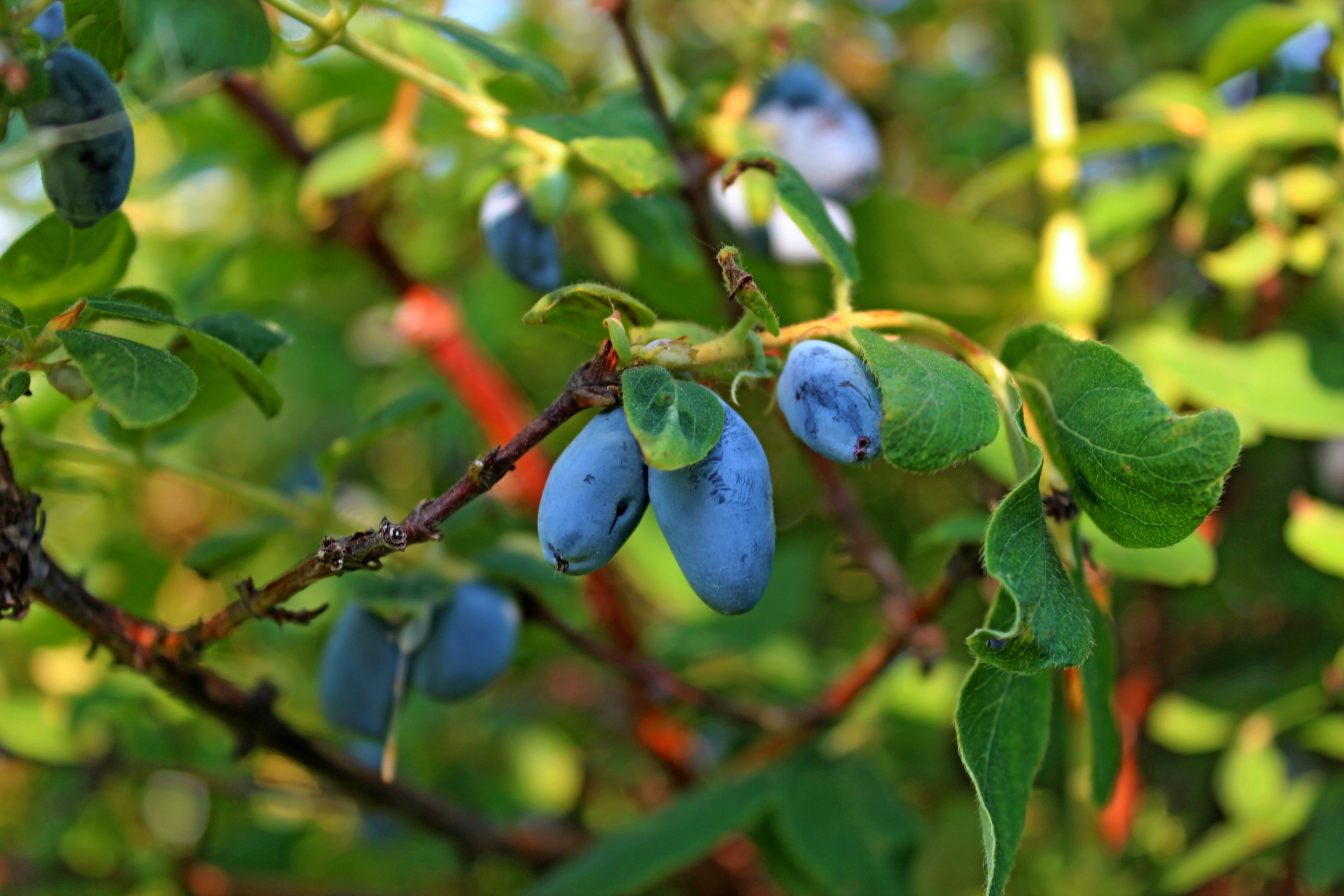
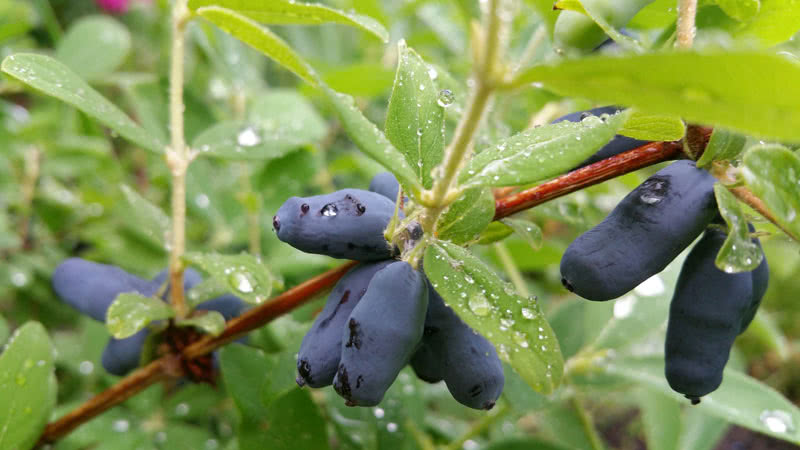 Edible honeysuckle: planting and care, methods of reproduction, disease
Edible honeysuckle: planting and care, methods of reproduction, disease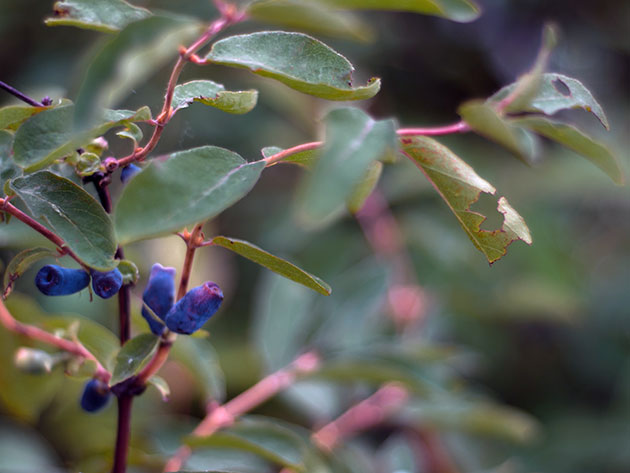 Honeysuckle disease treatment
Honeysuckle disease treatment